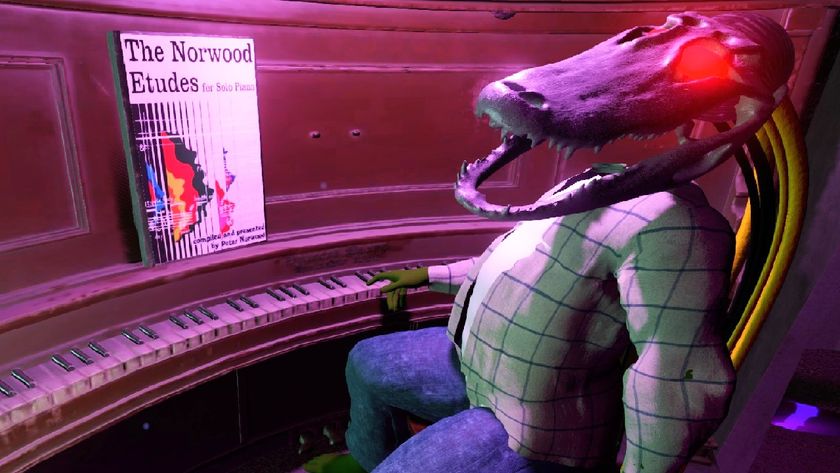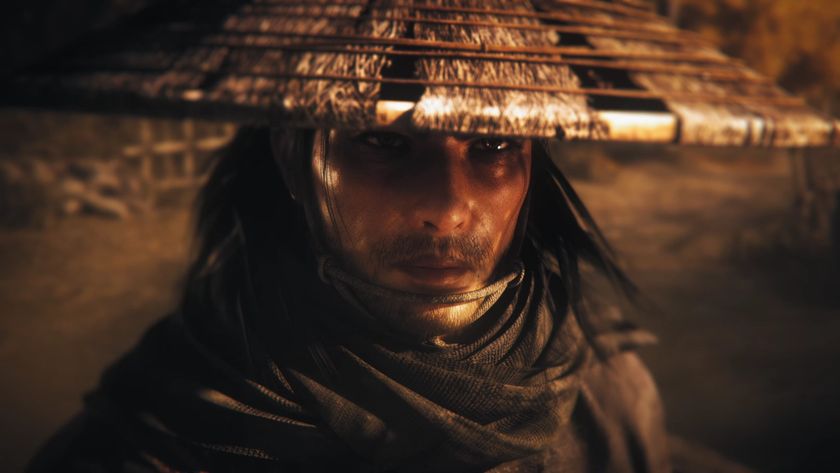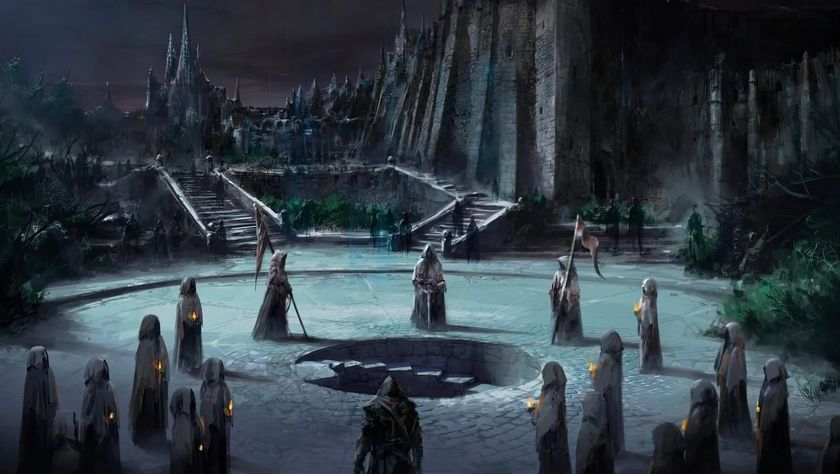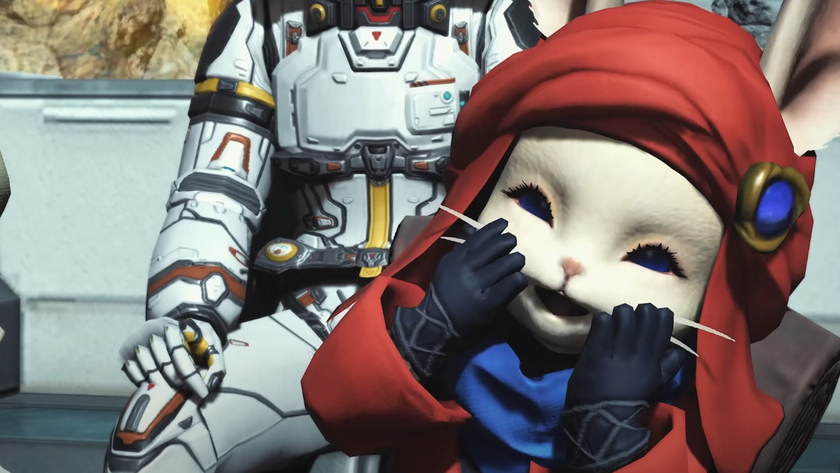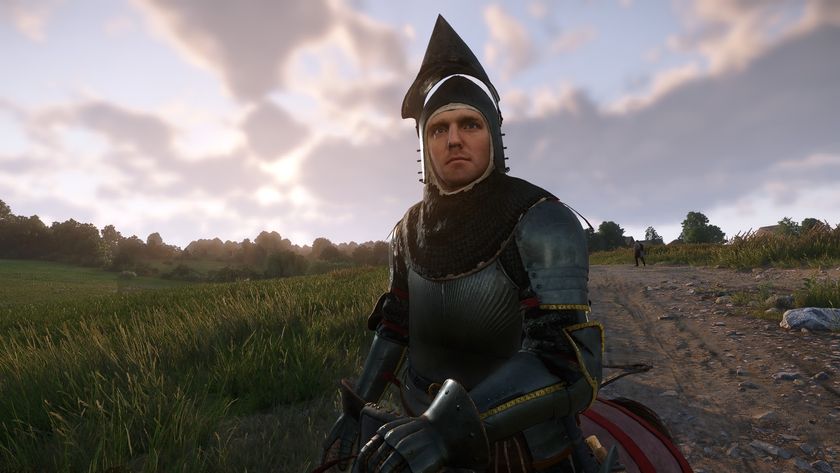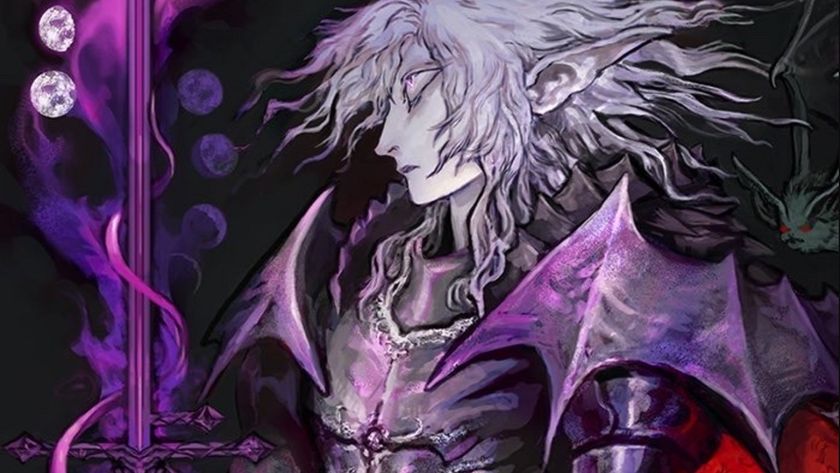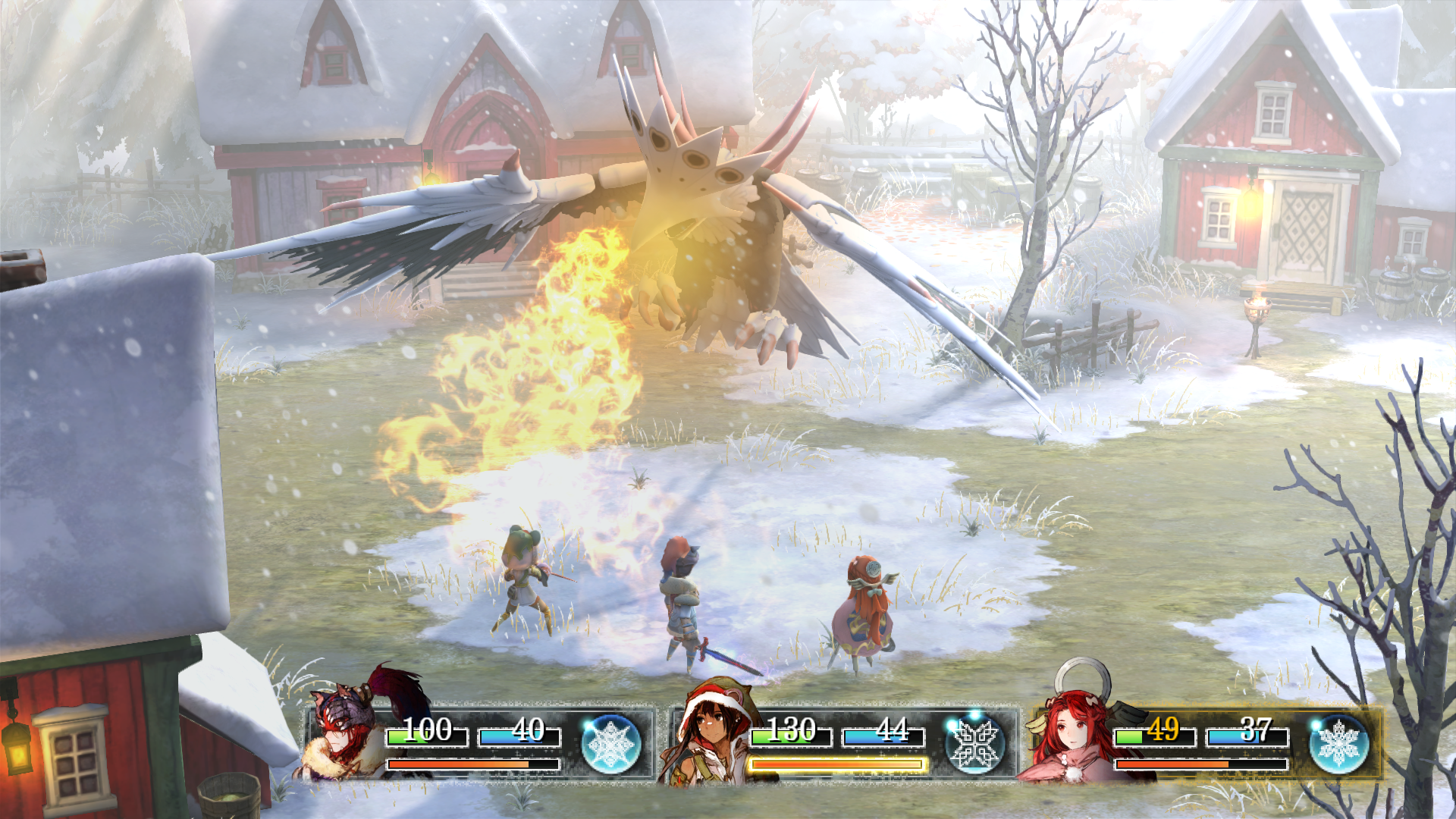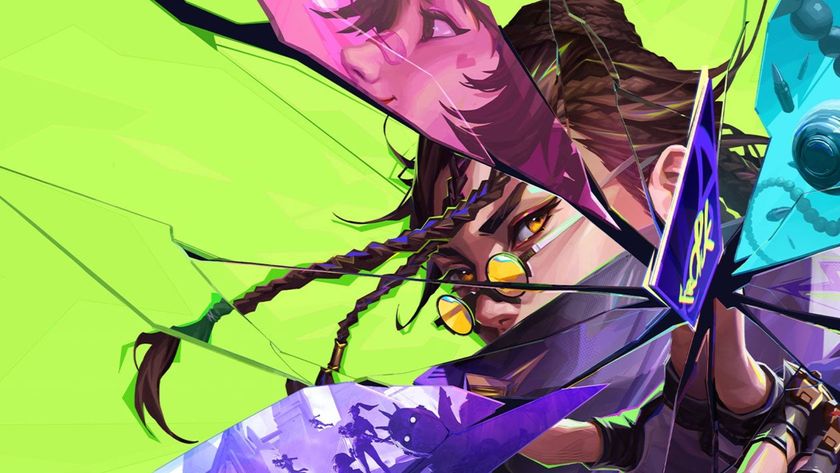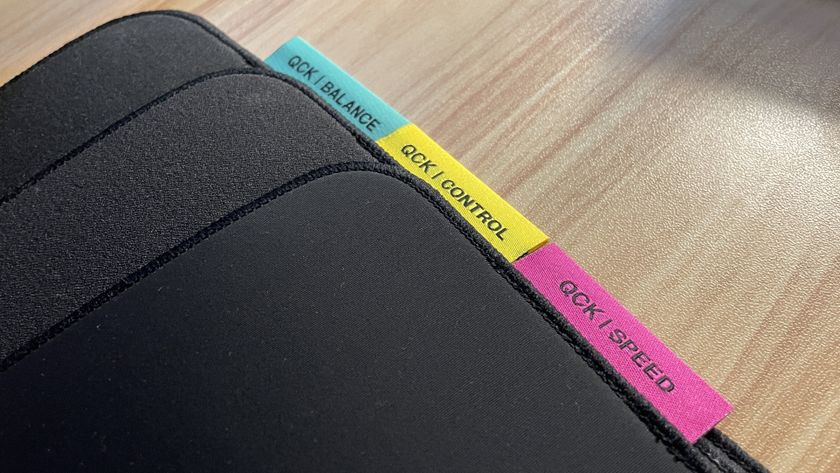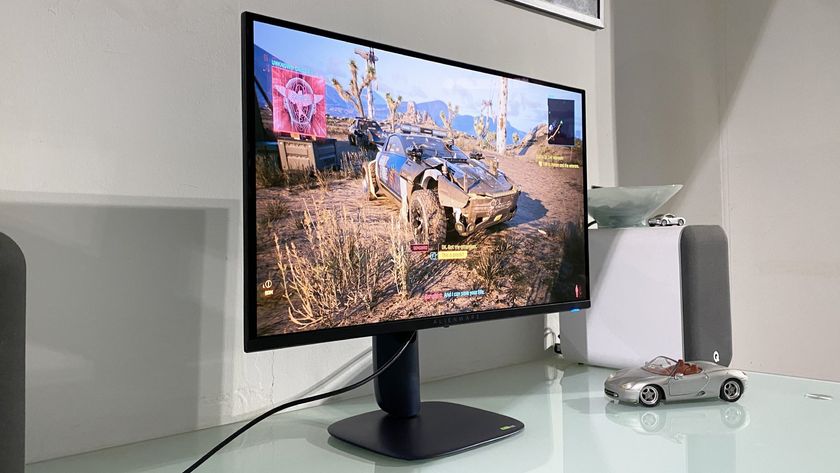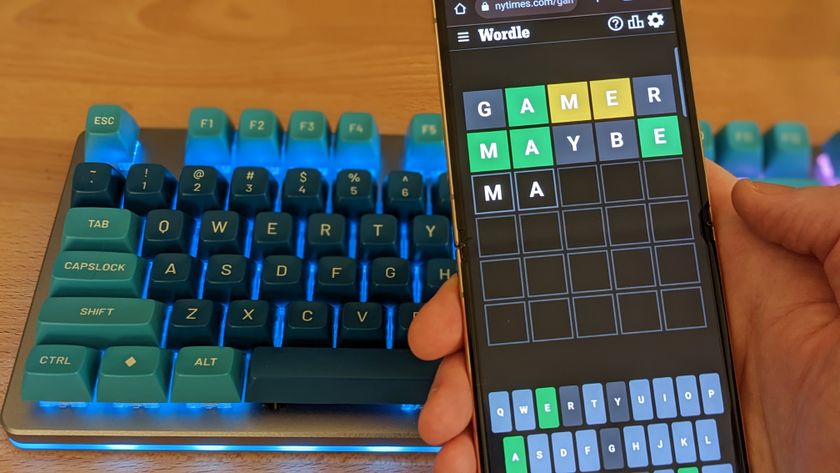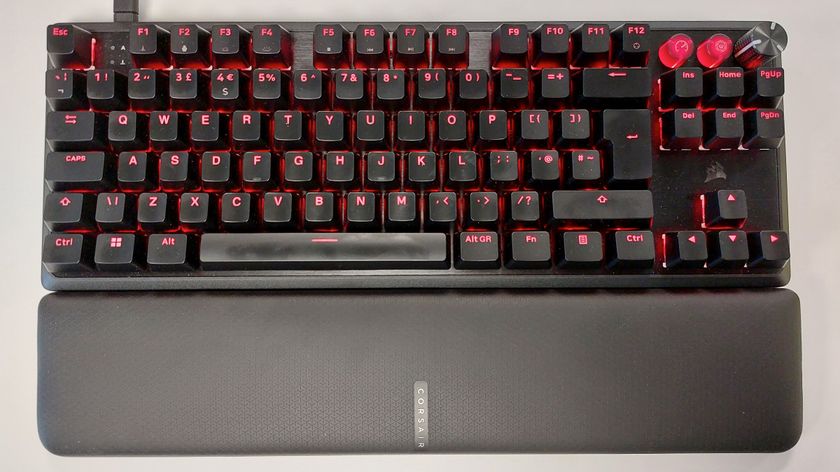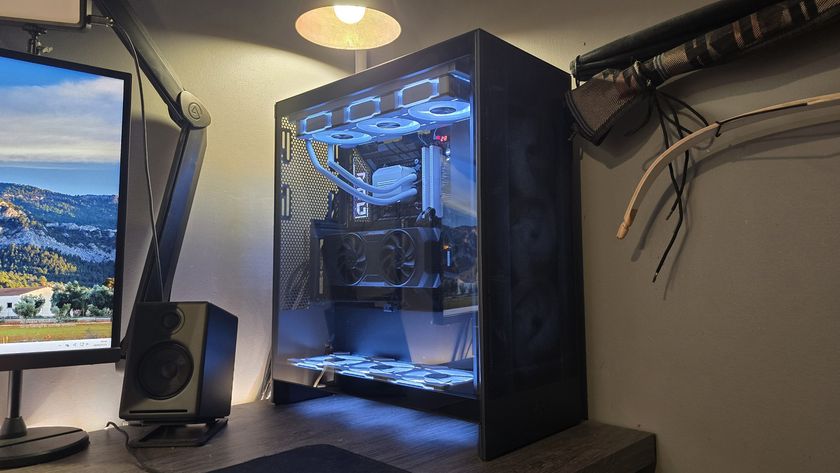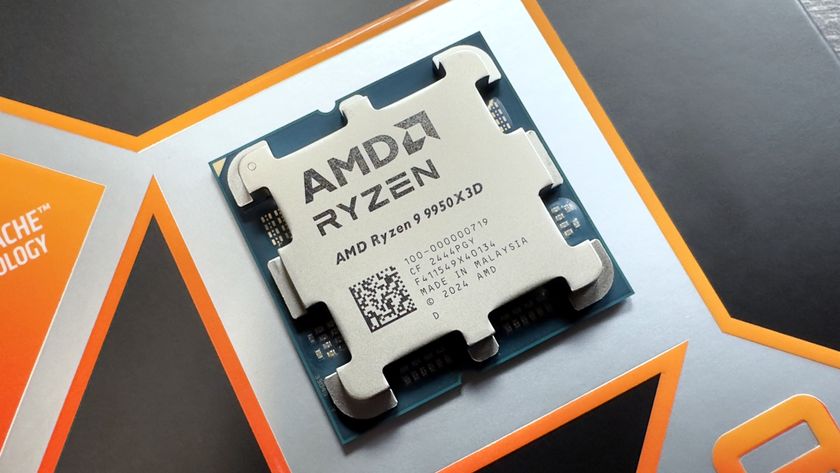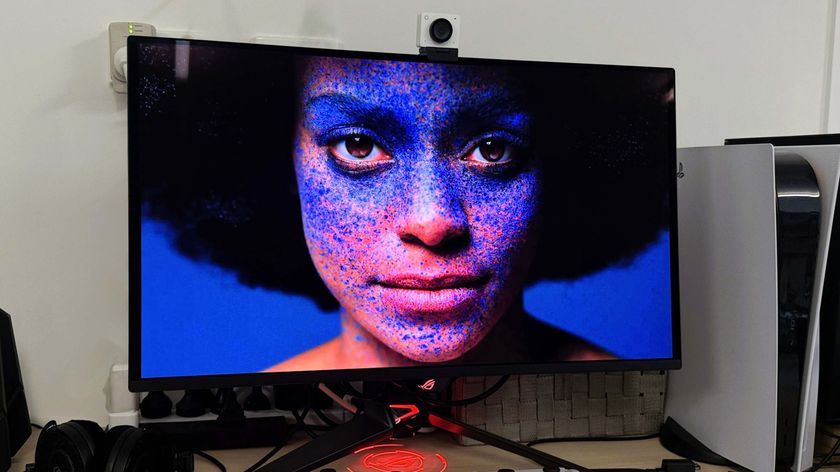Our Verdict
A beautiful JRPG that captures the spirit of the genre's early hits while playing things a tad too safely.
PC Gamer's got your back
What is it? A gorgeous retro-styled JRPG channeling the glory days of Chrono Trigger and Final Fantasy X.
Expect to pay: $40/ £30
Developer: Tokyo RPG Factory
Publisher: Square Enix
Reviewed on: Windows 10, 16GB RAM, GeForce GTX 980
Multiplayer: None
Link: Official site
It was the snow that first led me to admire I Am Setsuna, specifically through a promotional screenshot I encountered at my desk during E3. The busy, hectic shots of war and realism from other games had started to bleed together into one generally forgettable mess, but I was arrested by this image from a JRPG depicting a field of snowy emptiness interrupted only by a lonely tree with leaves aflame in the colors of autumn. Was it dying? Who was the shadowy figure beside it? For all the snow, was this just the last gasp of autumn? Its serene simplicity affected me more than most things I saw in June, and that image remained my desktop wallpaper for the duration of the show.
And now it's here, and I know it for what it is. There's a lovely symbolism to the fresh-fallen snow, as it turns out, as I Am Setsuna channels the glory days of the simpler Japanese RPGs of the early '90s, when roleplaying games in general weren't so pressured to cram their releases with convoluted features. Set alongside it, Final Fantasy XV comes off as garish and vulgar. In most cases this devotion to simplicity works well, particularly in the piano-dominated soundtrack where notes fall as softly as the snow; at other times it fails, as in the gruff, tight-lipped primary playable character of Endir. Regardless of the title, this is really Endir's tale, as he's the one escorting Setsuna to her doom after first being hired to kill her. I Am Setsuna's other characters boast personalities that let them flourish in meaningful contrast to the snowy wastes around them, but Endir, the leader, might as well be the ice beneath their boots.
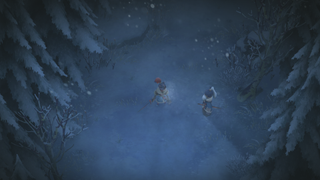
The infinite sadness
Perhaps the lesson is that he's the right hero for a world as bleak and sad as this. Setsuna herself is a girl whose purity matches that of the surrounding snow, but she's willingly chosen to bow to local tradition and sacrifice herself at a faraway altar so the world can live in relative safety from monsters. As Endir, along with some other somber guards, you must escort her through the beasts and snowfields of the world so she may do her duty. There's not a one among her companions who isn't flawed and tragic and some way, but there are some standouts who thankfully remind us that our existence is one worth fighting for. I especially enjoyed the scenes with poor Nidr, a swordsman who battles both with the monsters in his past and those in abandoned villages, as well as the roguish spellcaster Aeterna, who looks after Setsuna as though she were family.
At the tail end of Setsuna's 23 or so hours I felt a weariness of setting I haven't felt since reading Cormac McCarthy's The Road.
I never learned much more about these folks aside from the what the main story imparted, and it sometimes seems a shame that the storyline never really wavers from its focus. Some sidequests exist, but they're almost as rare as palm trees in the arctic, and the treks across the map grow lonely as no random encounters pop up while the fellowship tromps through the drifts and (later) coasts over them in an airship. Eventually I came to appreciate the single track as a further embracing of the purity of that first image. It emphasizes that nothing is more important than Setsuna's grim duty. Much as in the sumi-e artwork that first image so richly evoked, the surrounding chalky void highlights the characters and their quest, lending an urgency and meaning that might have been robbed with detours to help troubled farmers.
I get it. But given enough time, the appeal of even this gorgeous setting begins to melt away. Such intensity of focus is fine for a stationary artwork designed for static contemplation, but at the tail end of Setsuna's 23 or so hours I felt a weariness of setting I haven't felt since reading Cormac McCarthy's The Road. I realize now why I've never really tired of the scenes at The Wall in Game of Thrones, as Martin has the good sense to punctuate those scenes with the bickering greenery of the sunny south. It doesn't help that there's no world map, as getting lost brings the torment of finding your bearings among the same models of trees, the same buildings, and (but of course) the same snow.
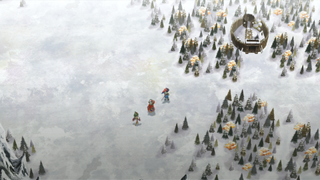
The battle on the ice
But it's also true that I Am Setsuna starts to lose its way whenever it strays from the lessons the simplicity of the snow imparts. It embraces them in some unexpected ways, such as how gear stays limited to weapons and amulets, thus minimizing the time you spend in menus min-maxing. It extends to combat, which starts only when you actively engage an enemy you found bobbing around the dungeon maps, and which unfolds with the "Active Time Battle" system that maintains the action even when you're digging in menus for specific spells and potions.
And then it muddies that fluidity with some unnecessary complications. Skills are called "techs" as in Chrono Trigger, and some of them even share the same names. But in order to equip a tech you first need to have the appropriate "spritnite," and then you can only improve them with the help of "fluxes." The business of brawling is also more complicated than it was in the days of JRPGs past, as there's now a "momentum" system that rewards waiting for the action bar to fill up and executing perfectly timed button presses, sometimes resulting in a random "singularity" that grants your whole party, says, a boost to the number of points you're getting to build more momentum.
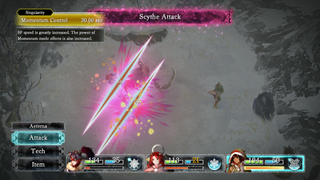
Save for the niceties of its combat, it's the classic JRPG stripped to its barest essentials.
On the bright side, it's easy to get into the proper rhythm to pull this off just by playing the characters naturally. (Get too good at it, I found, and it can even trivialize some boss encounters.) As in the best of the old JRPGs, there's a great sense of purpose in play once you learn to get every party member performing the way you want to, and reaching the far-flung save points in higher dungeons begins to feel more like a deserved reward than a frustrating trial.
All this takes fewer than 24 hours to complete. The pleasant side effect of I Am Setsuna's unwavering focus on its story and setting is that it remains an agreeably paced adventure from start to finish. And that finish is a bittersweet wonder to behold, much like that shock of autumnal colors beneath that snow-smothered tree that first attracted me to this whole affair. Save for the niceties of its combat, it's the classic JRPG stripped to its barest essentials (even down to post-combat themes to gently echo those from Final Fantasy), and two decades later, it shows there's still plenty of joy in such a pure design.
A beautiful JRPG that captures the spirit of the genre's early hits while playing things a tad too safely.
